With its gracious villas and ancient churches, the valleys of Valpolicella harbour as much heritage as they do winemaking dynasties. Follow this month’s travel guide to find out how to make the most of this inviting region.
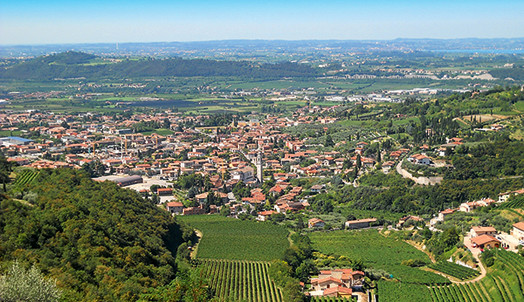
Valpolicella fact file:
Valpolicella & Amarone planted area: 7,564ha
Main grapes: Corvina, Corvinone, Molinara, Rondinella, Oseleta
Appellations: Valpolicella DOC, Valpolicella Ripasso DOC, Amarone DOCG, Recioto DOCG
Climate: mild with a little rainfall
Main soil types: calcareous, basaltic, muddy clay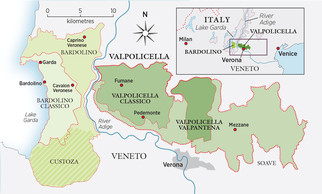
Introduction:
This historical and fascinating foothill area with its vineyard landscape is both magical and enchanting. The hills are a patchwork of lush Veronese pergola vineyards, criss-crossed by lines of marogne, the dry-stone walls typical of the region. Dotted here and there are cypress trees, ancient churches, age-old fountains and magnificent Venetian villas, all accompanied by the eternal gushing of progni (fast streams).
Colours capture the eye. The warm burnished pink of the local stone characterises the environment just as much as the bright green of the vines. We are heading northwest of Verona to Valpolicella, an area that extends over 240km2, bordered by the Lessini Mountains in the north and the River Adige in the south, by the Val d’Adige in the west and the romantic city of Verona in the east. Lake Garda is just 15km further west.
The etymology of Valpolicella remains uncertain but the favoured interpretation, based on val-policellae from the Latin for cellar (cellae), is ‘valley of many wineries’, and vine-growing among these hills has always been a way of life. Fossil remains dating back to the Iron Age prove that the European vine, Vitis vinifera sativa, was cultivated here. And Greek and Roman literature makes numerous mentions of winemaking activities in Valpolicella, testifying to the importance that wine production in this region had in those times.
Over the centuries, vine-growing expanded and became more specialised, mainly due to the area’s particular geographical relief, featuring valleys running south to north. The identity and complexity of Valpolicella wines originates in these valleys, where warm breezes from Lake Garda meet the cool air from the Lessini Mountains, creating the ideal microclimate for growing vines as well as cherries and olives.
Translated by Sylvia Wu / 吴嘉溦
All rights reserved by Future plc. No part of this publication may be reproduced, distributed or transmitted in any form or by any means without the prior written permission of Decanter.
Only Official Media Partners (see About us) of DecanterChina.com may republish part of the content from the site without prior permission under strict Terms & Conditions. Contact china@decanter.com to learn about how to become an Official Media Partner of DecanterChina.com.

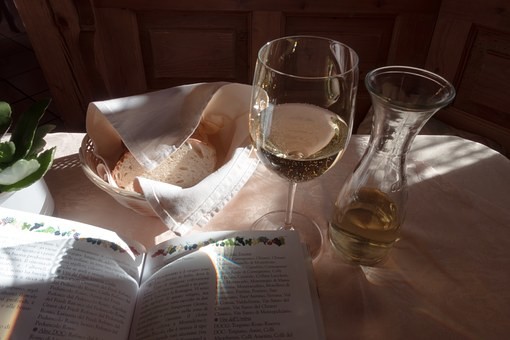
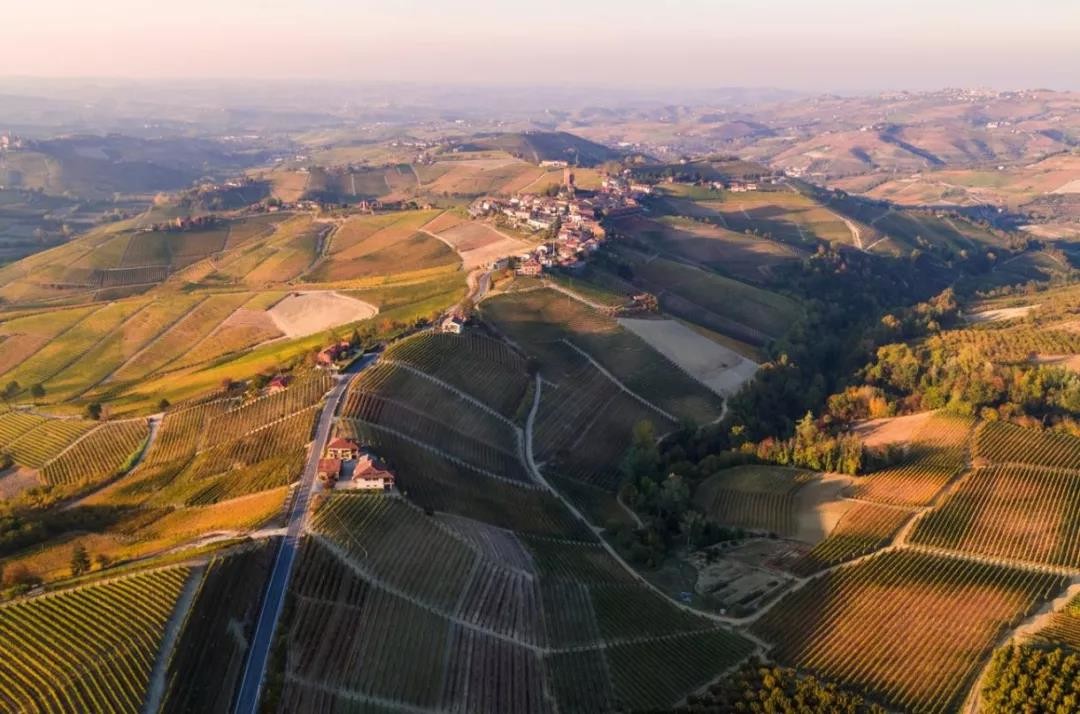
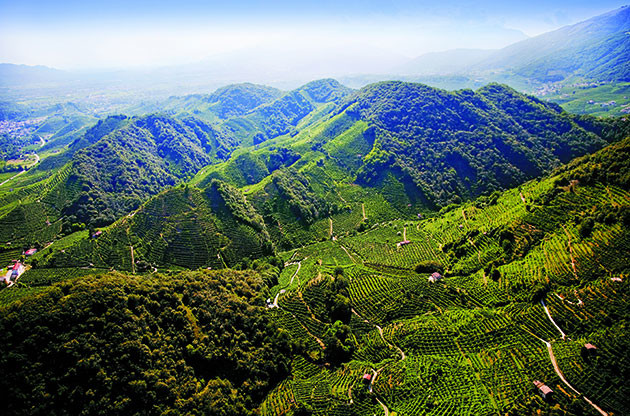

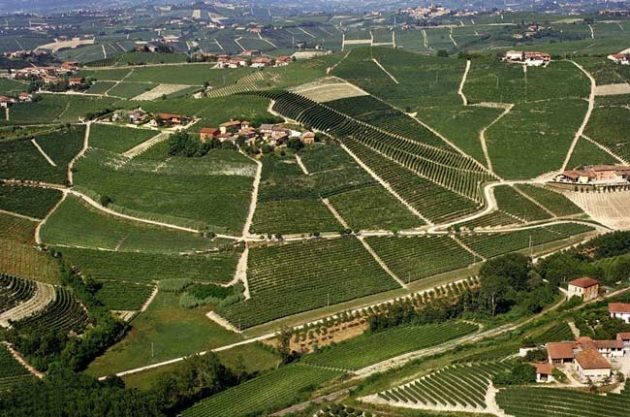
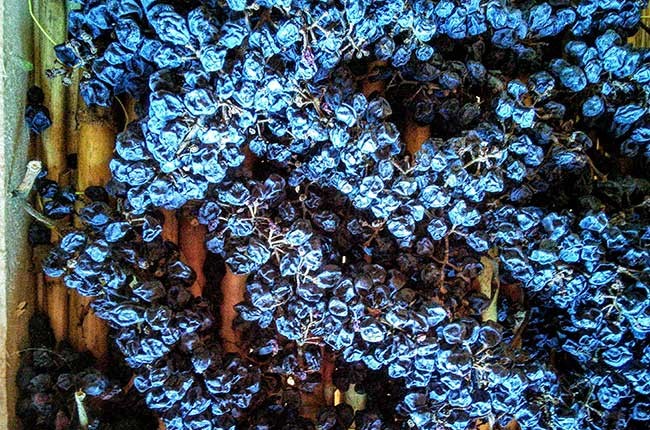
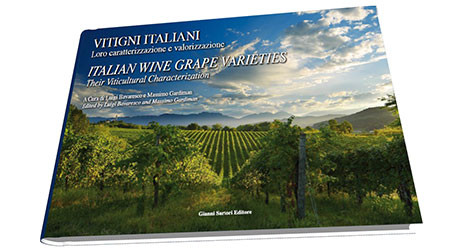
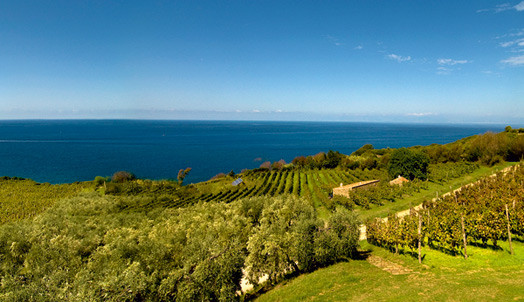
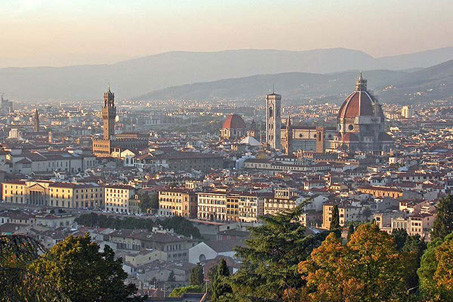
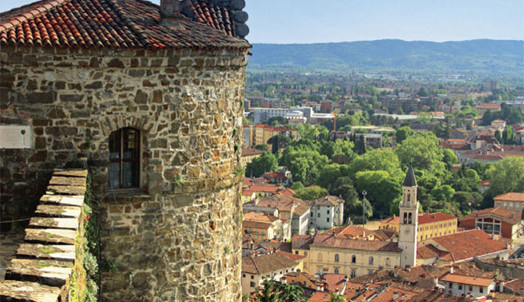
Comments
Submit